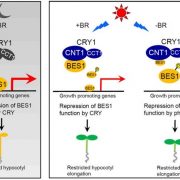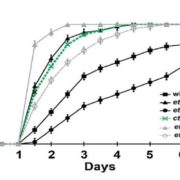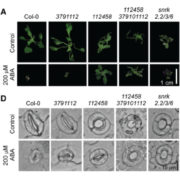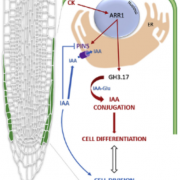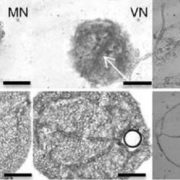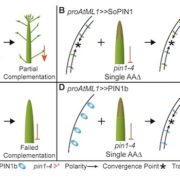Reassessing the evolution of strigolactone synthesis and signaling
Much of our understanding of strigolactones (SLs) as developmental hormones and rhizosphere signals comes from studies of angiosperms. Understanding the ancestral role for strigolactones is complicated by the fact that some of the SL-related genes are closely related to those responsive to karrikins (smoke-derived factors), and as yet unidentified endogenous karrikin-like (KL) factors. Walker and Bennett have explored numerous genomic and transcriptomic databases spanning the diversity of major plant clades to learn about the evolutionary origins of SL and KL functions. By identifying which biosynthetic, receptor and downstream genes are present in each of the plant lineages, they propose a model for the roles of strigolactones and karrikin-like factors in each of these lineages. Their results suggest that the KL-signaling module is ancestral, and that SLs may have originated as rhizosphere signaling molecules that were relatively recently recruited as internal hormones. (Summary by Mary Williams) bioRxiv 10.1101/228320



